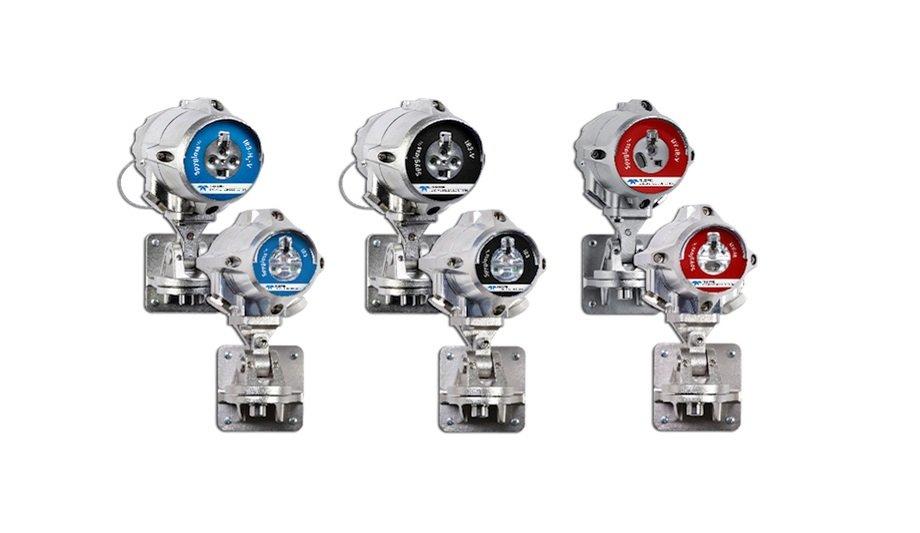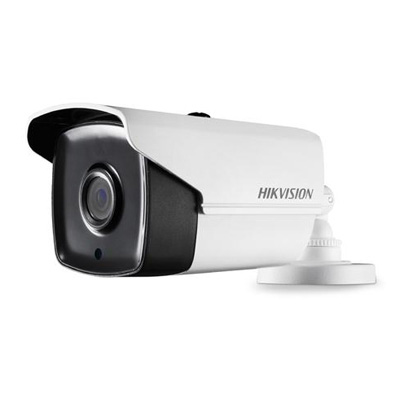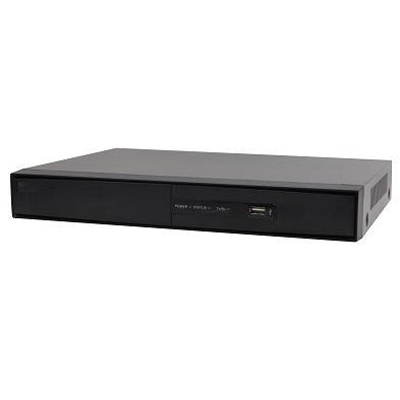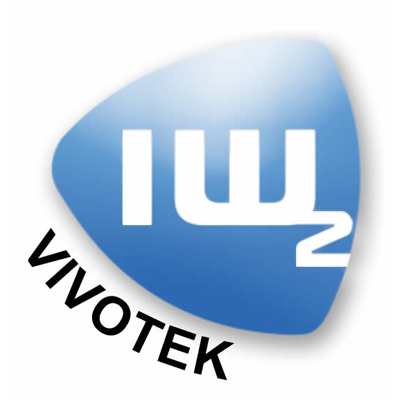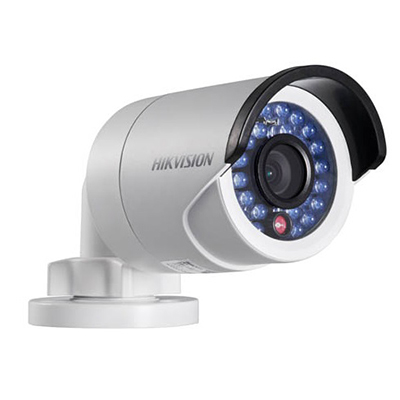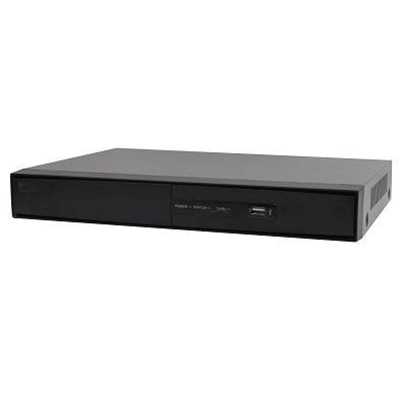Teledyne Gas and Flame Detection are unveiling its SpyglassTM SG50-F series of flame detectors to make the safeguarding of people and assets easier than ever before.
With updated optics and algorithms, and on- board video in either colour or near-infrared options, the SG50-F series offers superior performance and security.
Reliability and functionality
For any facility to protect its most valuable resources such as human lives and capital assets, reliable flame detection systems are a necessity.
SpyglassTM SG50-F series open-path flame detectors elevate the level of reliability and functionality available in comparison with existing flame detection products on the market.
HD video and on-board video
The colour video is effective in detecting fuel fires like gasoline and jet fuel
Notably, these innovative flame detectors come equipped with HD video capabilities, allowing for the detection of fires that may not be visible to the naked eye. Colour video is effective in detecting fuel fires like gasoline and jet fuel, while the near-infrared video option can detect fires caused by other fuels such as hydrogen and methanol.
The on-board video also enables remote confirmation of fire situations and provides valuable information on fire progression and suppression methods. Such information can prove vital in responding to fire emergencies and enabling users to make important safety decisions from a remote location.
Robust and durable
SpyglassTM series products from Teledyne Gas and Flame Detection feature robust and durable housing. Made from 316L stainless steel to meet IP66/IP68 and NEMA 250 6P protection rating standards, the enclosure houses state-of-the-art optic technology and advanced software algorithms, enabling rapid and reliable fire detection.
The range offers improved optical flame detection capabilities, with a quicker detection time and better performance even over extended distances. They can serve as a cost-effective alternative to employing multiple line-of-sight point gas detectors, which would entail higher initial costs and maintenance expenses.
False alarm immunity
Notably, these detectors also offer industry-renowned false alarm immunity to several challenging environments while performing in adverse climates.
Carrying a wide range of global approvals that include ATEX, FMus, FMc, IECEx, EACX, and SIL2, all SpyglassTM flame detectors work by analysing the absorption of radiation caused by gases in the atmosphere and comparing it to background atmospheric absorption.
IR3 version
IR3 is designed to detect hydrocarbons, making it ideal for refineries, oil and gas platforms
They come with triple infrared (IR3) and UV-IR options to suit a range of applications. The IR3 version is specifically designed to detect hydrocarbons, making it ideal for applications such as refineries, oil and gas platforms, FPSO (floating production storage and offloading) systems, petrochemical plants, marine facilities, compressor stations, and turbine enclosures.
There is also an IR3-H2 option for hydrogen and energy transition applications.
UV-IR-F option
For those seeking a solution for both hydrocarbon and non-hydrocarbon fires, look no further than the UV-IR option, which is perfect for battery rooms, as well as ammonia and metal-based applications. There is even a UV-IR-F option offering suitability for munitions facilities.
Supplied with configuration and video display software, the SpyglassTM SG50-F series offers multiple output options for easy detector communication, such as 4-20mA, Modbus, HART, and relays.
